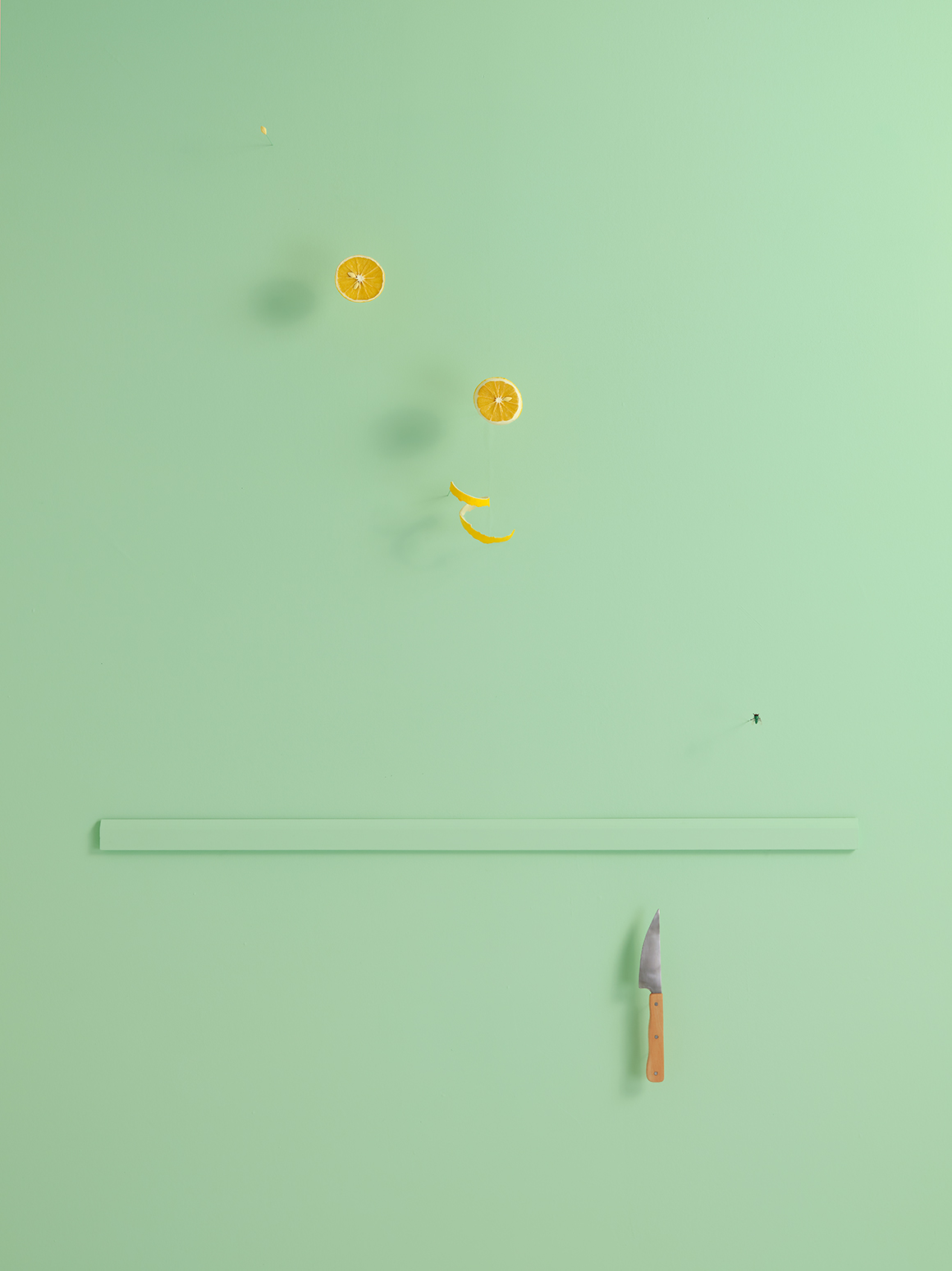Langdon Graves
Langdon Graves - “life, death, life” opens Friday, August 6 and runs through Sunday, August 29. There will be an opening reception Friday, August 6, 5pm-8pm.


Artist Statement
Over the last few years, I’ve been creating work around ghost stories my grandmother told me when I was growing up that we revisited together before she died. I’ve always had a fascination with hauntings and spirit communication but going back into these stories at this stage in my life has allowed me to see them as metaphors for complicated relationships and generational trauma among members of my family, particularly the women. It’s made me think a lot about the connection between trauma and belief, how our beliefs are often formed by difficult experiences and how we bestow them like heirlooms onto the next generation of family.
For this body of work, I’ve borrowed from the vanitas and memento mori traditions of painting that feature objects symbolizing earthly pleasures, secular knowledge and the passage of time, building up to a larger theme of the inevitability of death. Burning candles, insects, flowers, and food are regular players. A partially peeled lemon signifies the bitterness beneath its vibrant, pleasant surface. A closed book symbolizes the completion of one’s life and that the story has been told. The sculptures take the form of deconstructed, isolated fragments of vanitas compositions that emerge from the wall and enter into the room, floating between decoration, still life and a display of familiar objects as artifacts. The compositions move in and out of logical arrangements, subject to the spatial confusion of memory and the stretching of reality that can accompany mourning and loss.
The work is imbued with two layers of symbolism, the first representing parts of my family’s personal stories, often involving supernatural elements. The second layer explores a broader collection of imagery and traditions related to death and funerary customs, as well as attempts and rituals to revive, resurrect, or reconnect with the dead. The layers overlap at the boundary between personal and shared histories.
